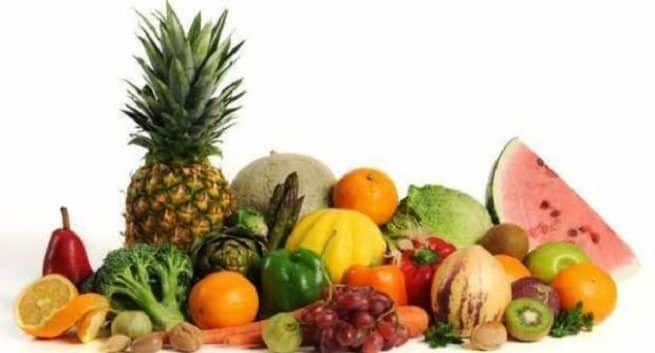
You can’t eat fruit if you have diabetes – this is not true
People with diabetes can eat all fruits as long as the serving size is limited to 15 grams of carbohydrates. Here's how to keep an eye on their portion sizes.
by Longjam DineshworiIf you’re a diabetic, people might have told you to avoid fruits because they are too sweet or contain sugar that can make your blood glucose go up. But this is a myth that you should stop believing right now. All fruits contain natural sugar (some more than others), but they also contain a good amount of other essential nutrients like vitamins, minerals, fiber, and antioxidants. In fact, eating fruits and vegetables is known to help reduce the risk of developing many health conditions including high blood pressure, heart diseases, strokes, obesity, and certain cancers. People with diabetes are more likely to be affected by these conditions. Therefore, it’s even more important for diabetes patients to eat more fruits and vegetables. Also Read - Diabetes diet: 6 spices that you should eat to manage your blood sugar levels
Most fruits have a low to medium glycaemic index, a number that tells about how slowly or how quickly a food raises blood glucose levels, compared to other carbohydrate-containing foods like white or wholemeal bread. Also Read - Here’s what a typical Ayurvedic diet chart for diabetics looks like
However, portion size is very important when considering fruits as part of your diabetes diet. Because certain fruit choices may affect blood sugar levels more than others, it’s important to keep an eye on portion sizes. Also Read - Why Ayurveda experts are encouraging diabetics to eat black rice?
Stick to one serving of fruit per meal or snack
One serving of fruit should contain 15 grams of carbohydrates. The size of the serving will depend on the carbohydrate content of the fruit. For example, you can consume a larger portion of a low-carbohydrate fruit, and make it small if it’s a high-carbohydrate fruit. You can eat all fruits as long as the serving size is limited to 15 grams of carbohydrates. Here’s what one serving for common whole fruits should be like:
1/2 medium banana
3/4 cup blueberries
1 cup raspberries or blackberries
1 1/4 cup whole strawberries
1 cup cubed cantaloupe or honeydew melon
1 small piece (4 ounces) apple, orange, peach, pear, or plum
2 small or 1 large tangerine (4 ounces total)
2 small (2 ounces each) kiwi
4 small (1 ounce each) apricots
~1 cup of melon (cantaloupe, watermelon, or honeydew)
17 small grapes or cherries
1/3 medium mango
Avoid dried fruit and juice if you have diabetes
Fruit juices contain less fiber than the whole fruits and are high in natural sugars. Therefore, it’s advisable to avoid juices when you have diabetes and instead eat the actual fruit. If you still want to drink fruit juice, have a maximum of a small glass per day. Drinking too much fruit juice may raise your blood glucose levels and make you gain weight.
While dried fruits even higher concentrations of vitamins and minerals, the sugar content also becomes more concentrated. For example, one cup of grapes contains 27 grams of carbs whereas one cup of raisins contains 115 grams of carbs. This means raisins contain more than three times as many carbs as grapes do.
So, avoiding dried fruit and juice may help you better control your blood sugar. The best way to include fresh fruit to your diabetes diet is to pair it with a protein and/or fat. You can top cottage cheese with pineapple, add berries to a protein smoothie, or dip apple slices into nut butter or tahini.